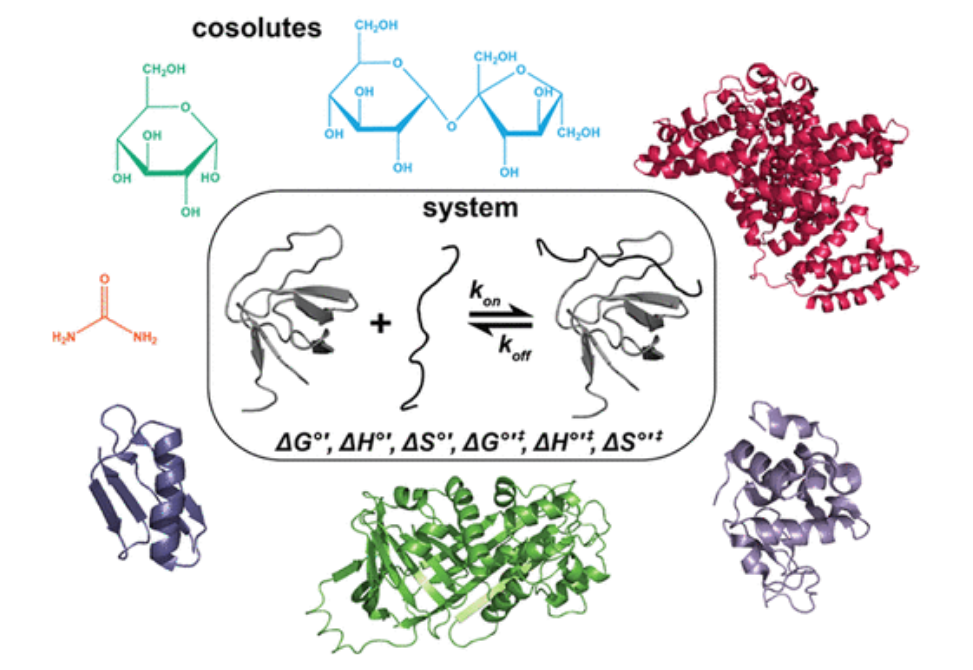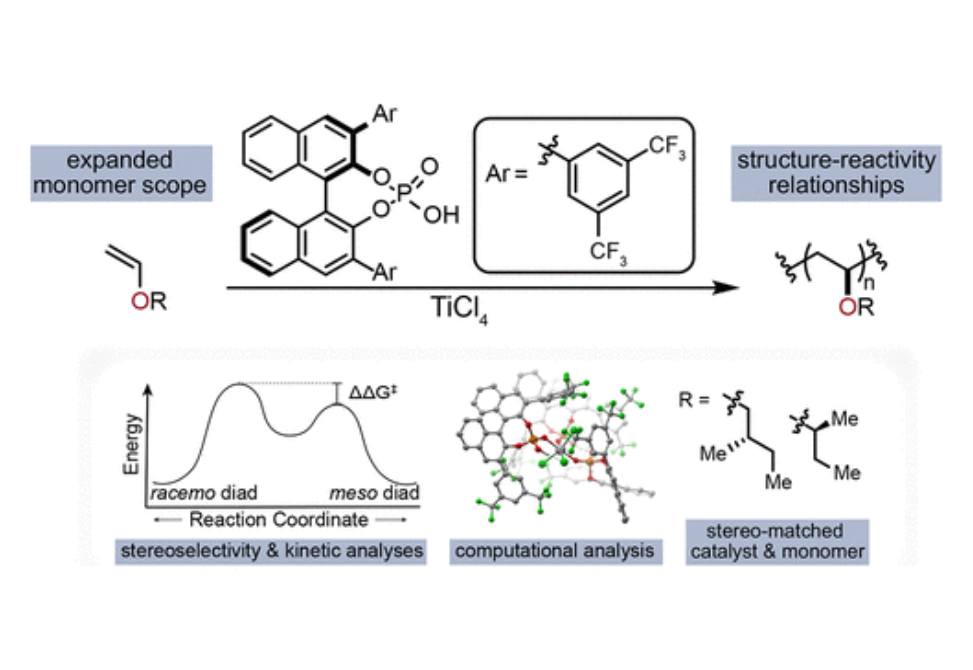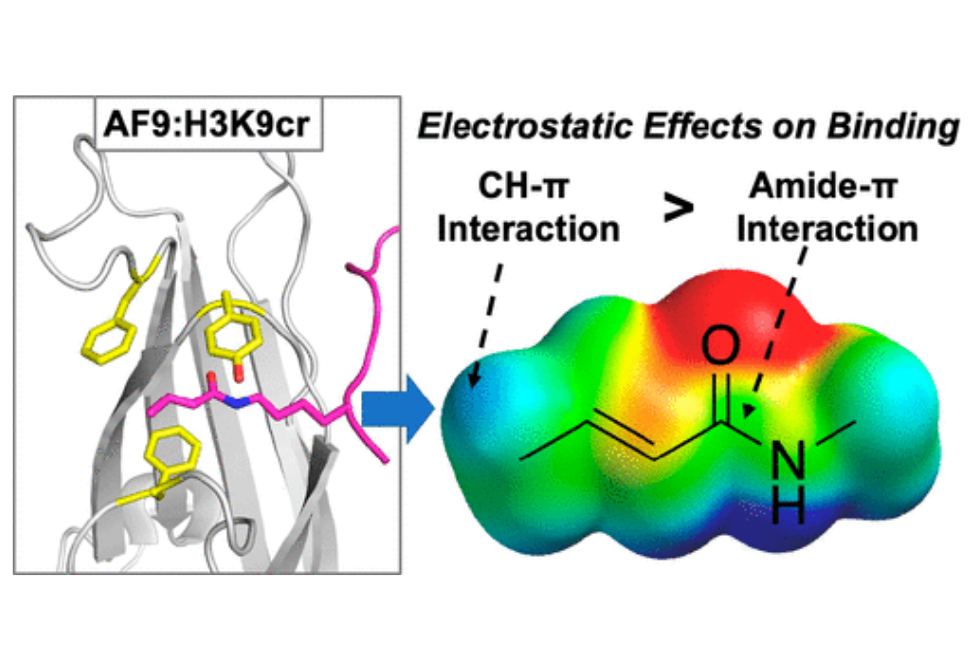Research Archive
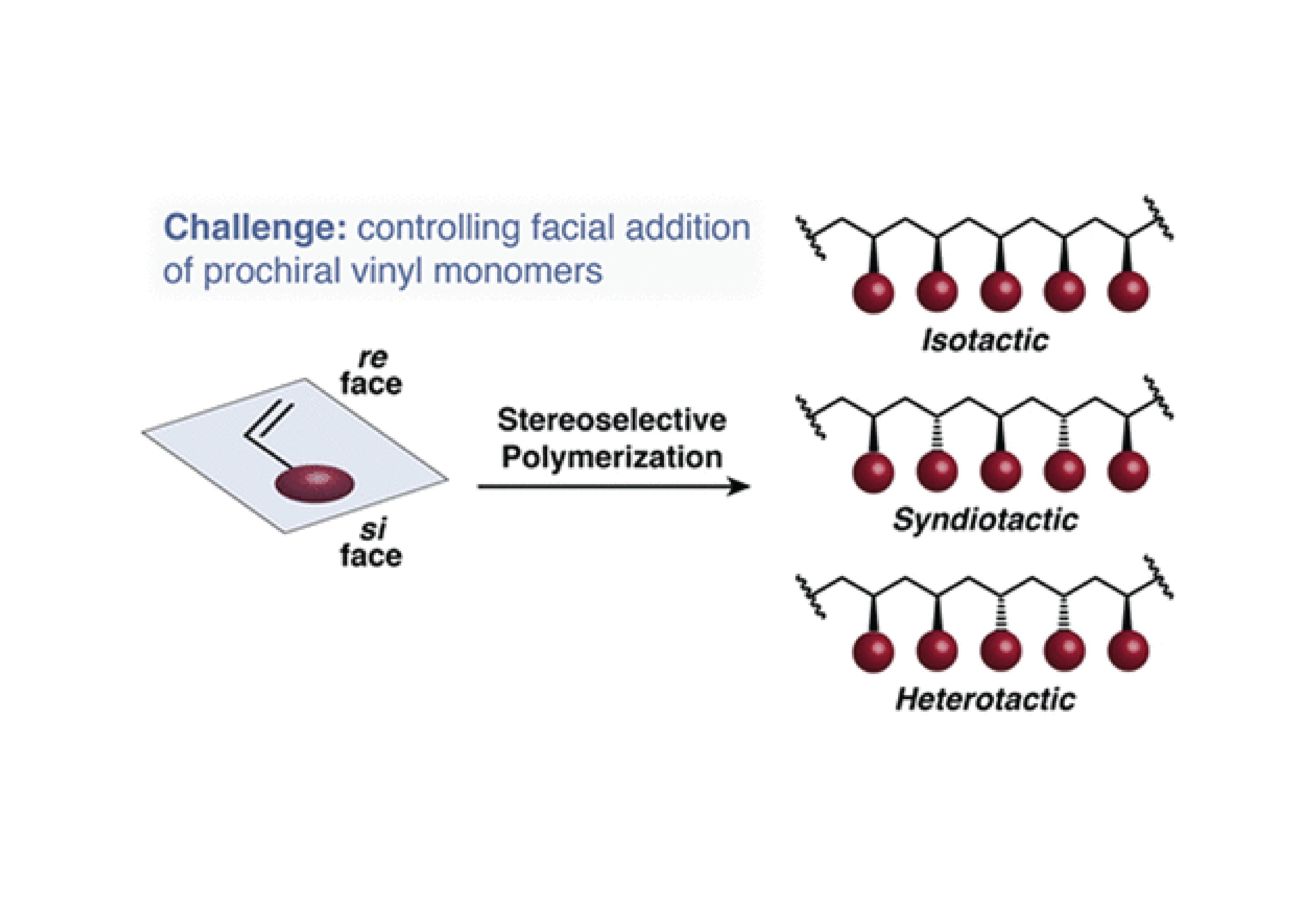
This Viewpoint provides an overview of recent developments in stereocontrolled polymerization, with an emphasis on propagation mechanism, and highlights successes, limitations, and future challenges for continued innovation.
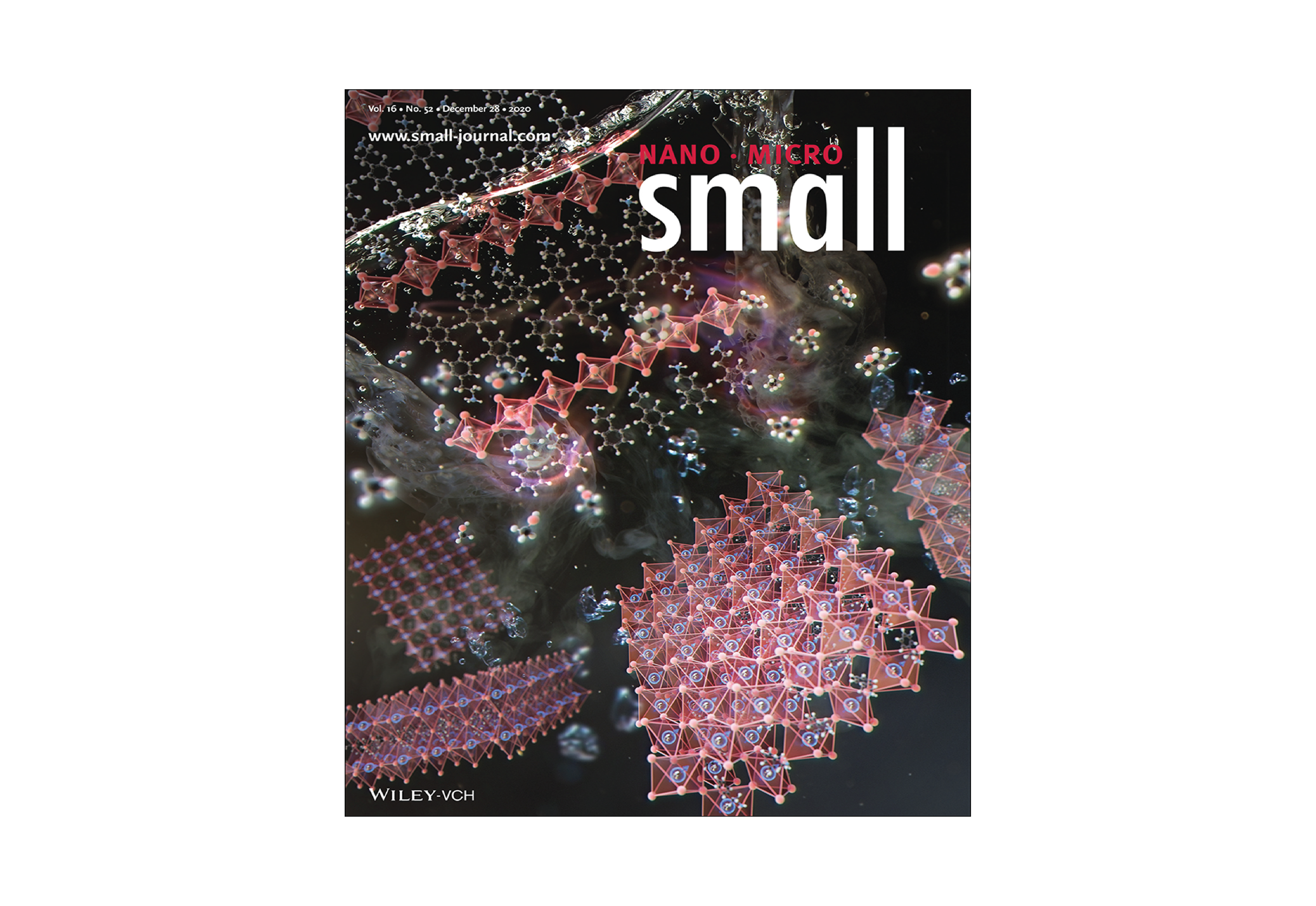
Spectroscopic methods can have limited spatial resolution and low intensity since the signal passes through electrolyte. Here, a device geometry is presented in which the electrolyte is laterally separated from the area probed spectroscopically, so that the signal does not pass through the electrolyte.

Water is key to protein structure and stability, yet the relationship between protein–water interactions and structure is poorly understood, in part because there are few techniques that permit the study of dehydrated protein structure at high resolution. Here, we describe liquid-observed vapor exchange (LOVE) NMR, a solution NMR-based method that provides residue-level information about the structure of dehydrated proteins.
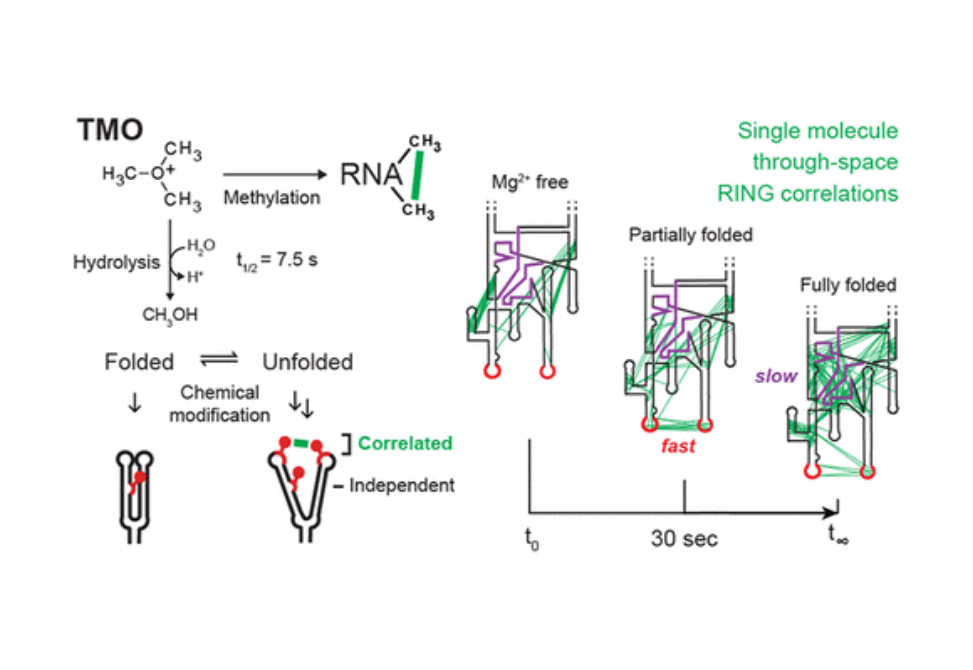
Capturing the folding dynamics of large, functionally important RNAs has relied primarily on global measurements of structure or on per-nucleotide chemical probing. These approaches infer, but do not directly measure, through-space structural interactions.
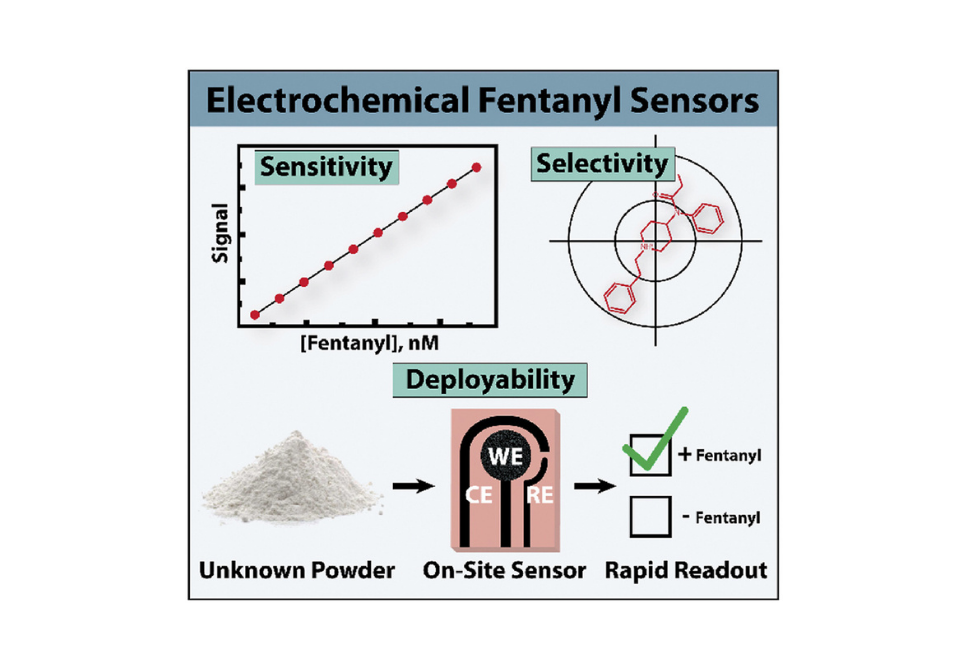
This review presents the current state of electrochemical methods to positively identify and quantify fentanyl, a potent and popular opioid, and its analogs in liquid and solid matrices.

The growth mechanism and polymer density in conjugated polymer brush (CPB) films composed of poly(3-methylthiophene) (P3MT) are characterized. X-ray photoelectron spectroscopy experiments show that the initiation of aryl halide monolayers by Pd(PtBu3)2 produces disproportionated monolayer initiators.
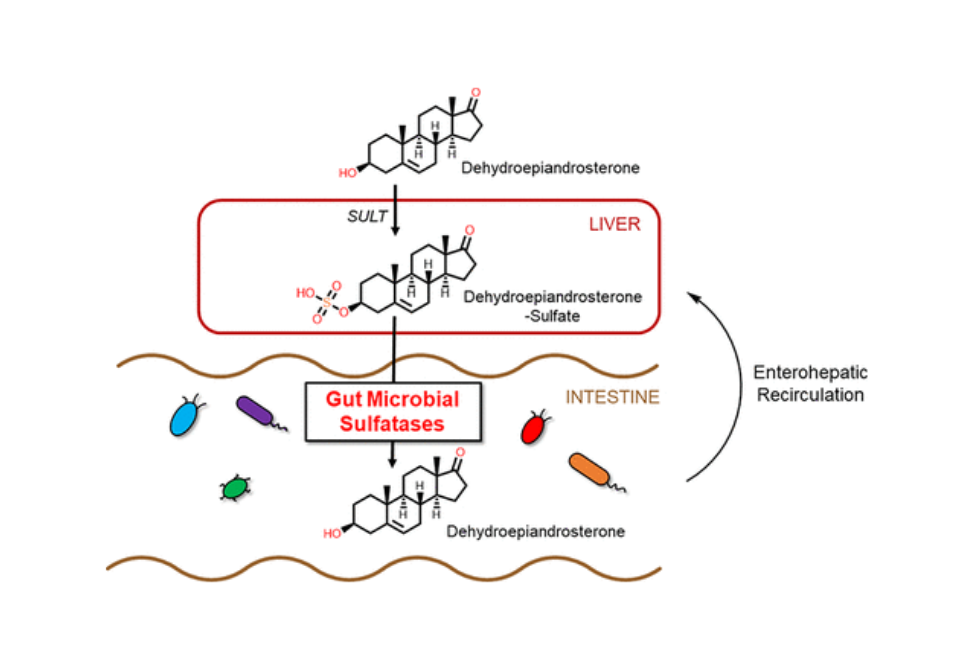
Phase II drug metabolism inactivates xenobiotics and endobiotics through the addition of either a glucuronic acid or sulfate moiety prior to excretion, often via the gastrointestinal tract. While the human gut microbial β-glucuronidase enzymes that reactivate glucuronide conjugates in the intestines are becoming well characterized and even controlled by targeted inhibitors, the sulfatases encoded by the human gut microbiome have not been comprehensively examined.
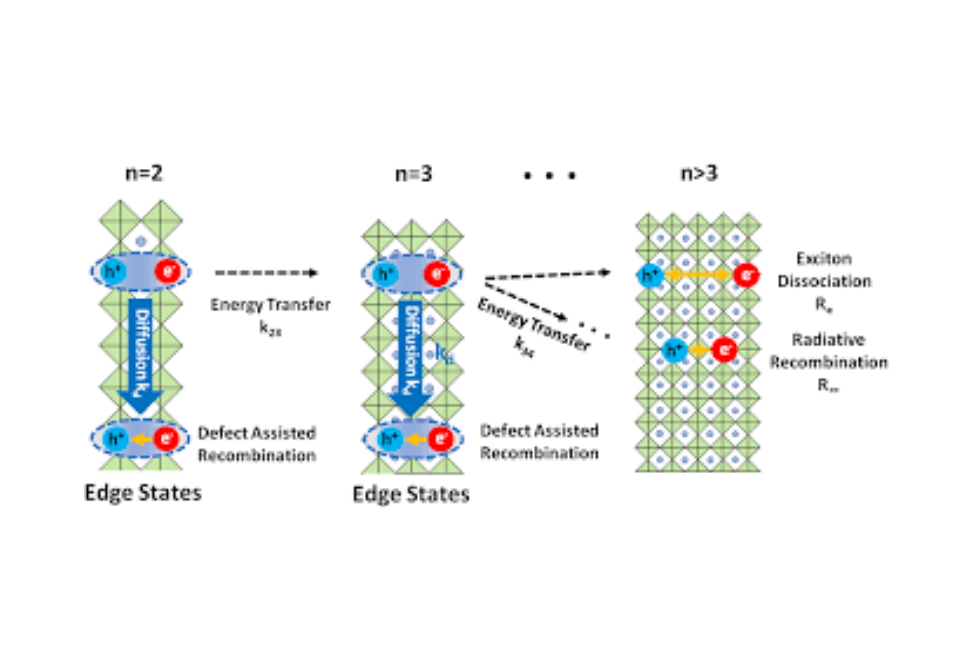
Interest in layered organohalide perovskites is motivated by their potential for use in optoelectronic devices. In these systems, the smallest and largest quantum wells are primarily concentrated near the glass and air interfaces of a film, thereby establishing a gradient in the average values of the bandgaps.
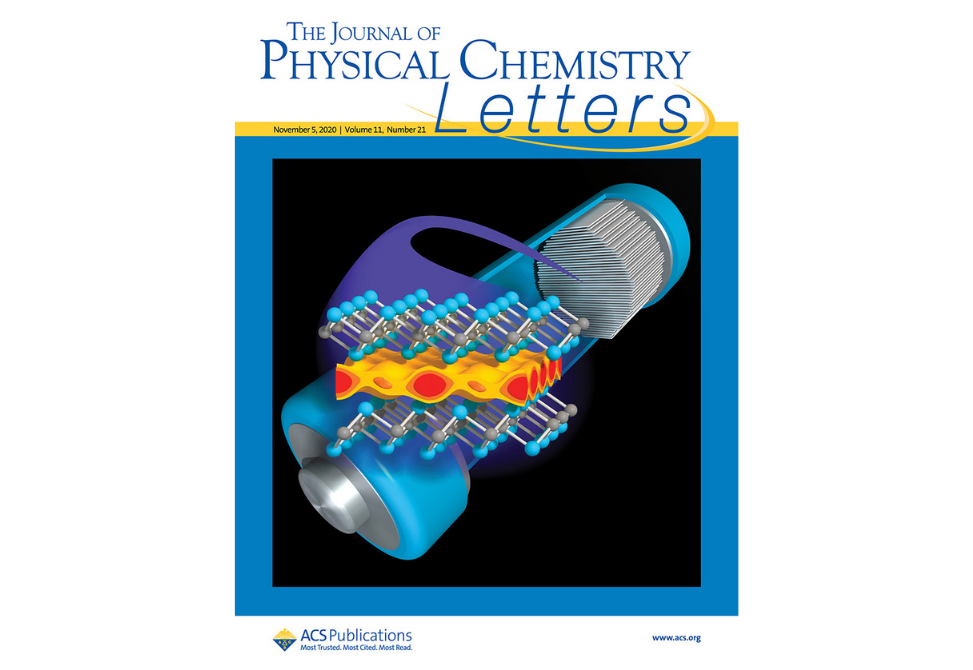
It is widely assumed that the gain or loss of electrons in a material must be accompanied by its reduction or oxidation. Here, we report a system in which the insertion/deinsertion of an electron occurs without any reduction or oxidation.


